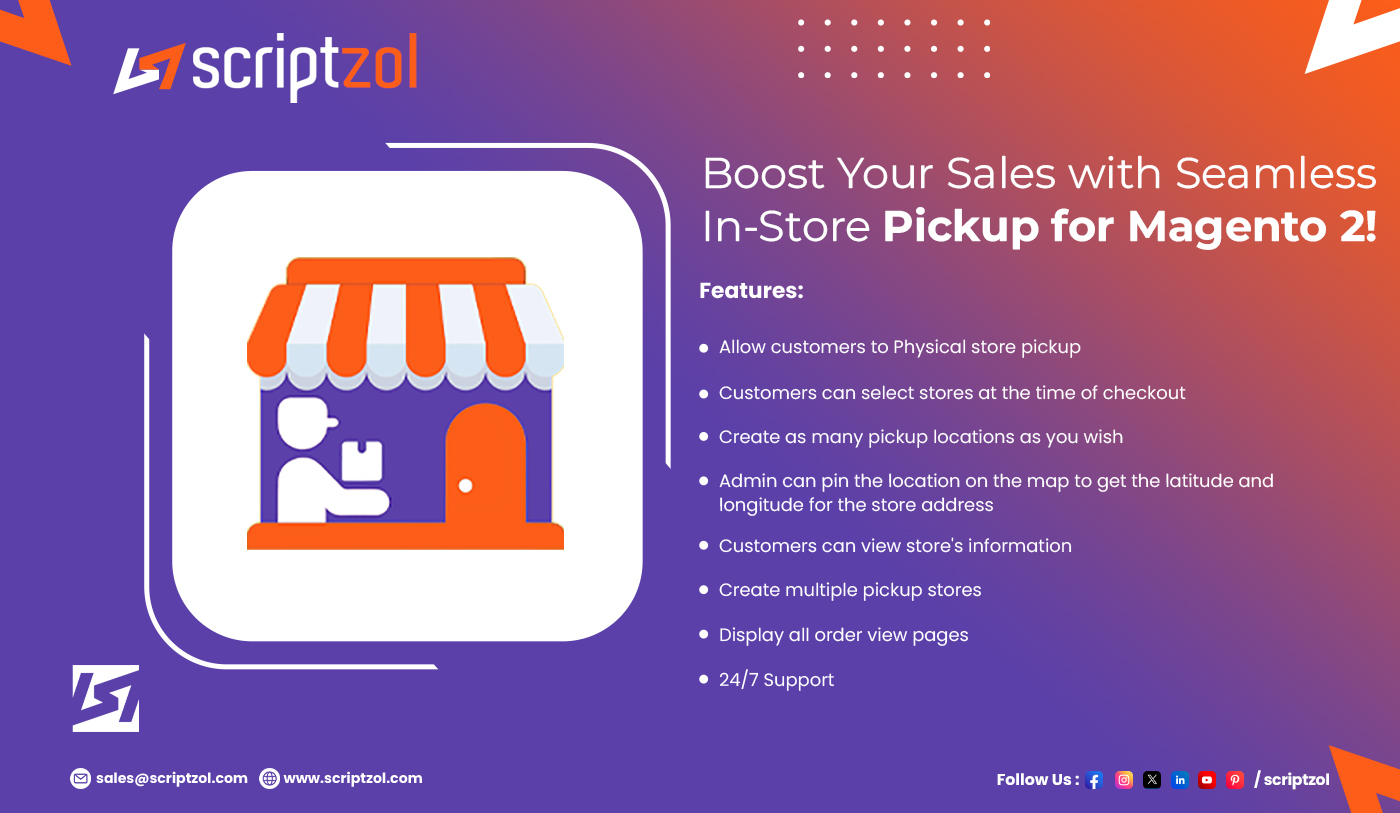Table of Contents
Toggle1. The Importance of Trust in Web Design
Trust plays a pivotal role in online transactions. Research indicates that a large percentage of consumers abandon websites they perceive as untrustworthy. This trust is built on several factors, including the website’s appearance, functionality, and the perceived security of the information shared on it. In the UK market, where competition is fierce, a trustworthy website can be the differentiator that converts visitors into loyal customers.
a. Trust Signals
Trust signals are elements on a website that indicate reliability and security. These can include customer testimonials, reviews, trust badges, and secure payment options. Including such elements helps alleviate concerns about fraud and can significantly impact user behavior.
b. Brand Reputation
A well-designed website reflects a brand’s professionalism and dedication to quality. If a site looks outdated or poorly constructed, users are likely to question the reliability of the business behind it. Investing in good web design is an investment in your brand’s reputation.
2. Key Elements of Trustworthy Web Design
a. Professional Aesthetic
The first impression of a website is often visual. A professional, polished design conveys that a brand is legitimate and credible. To achieve this, consider the following:
-
High-Quality Images: Use professional images that reflect your brand values. Avoid generic stock photos that may feel insincere.
-
Consistent Branding: Maintain a consistent colour scheme, typography, and branding elements throughout the site. This consistency helps create a cohesive user experience.
-
Clean Layout: A cluttered layout can confuse visitors and make your site seem less trustworthy. Use white space effectively to enhance readability and highlight important information.
b. User-Friendly Navigation
An intuitive navigation structure is critical for fostering trust. Users should be able to find information easily without frustration. Here are some tips to enhance navigation:
-
Logical Menu Structure: Organize your content into clear categories and subcategories. Use descriptive labels that guide users to their desired information.
-
Breadcrumbs: Include breadcrumb navigation to help users understand their location within the site. This feature adds to the site’s usability and fosters confidence.
-
Search Functionality: Implement a search bar to allow users to quickly find specific content. A well-functioning search feature indicates that you value user experience.
c. Mobile Responsiveness
With the increasing use of mobile devices in the UK, ensuring that your website is mobile-friendly is essential. A responsive design adapts to various screen sizes, enhancing user experience across devices.
d. Fast Loading Times
Website loading speed significantly impacts user experience and trust. Research shows that users expect pages to load within a few seconds. If your site is slow, visitors may perceive it as unreliable.
Solution: Optimize images, reduce server response times, and minimize the use of heavy scripts to improve loading speed.
3. Displaying Trust Signals
Integrating trust signals into your web design can significantly enhance credibility. Here are some effective ways to do this:
a. Customer Testimonials and Reviews
Positive reviews and testimonials can be powerful trust signals. Displaying authentic customer feedback on your website demonstrates that real people have had positive experiences with your brand.
Solution: Create a dedicated testimonials page and include quotes on relevant product or service pages. Consider using star ratings to provide a quick visual representation of customer satisfaction.
b. Security Badges
Security badges, such as those from SSL certificates or payment processors, reassure users that their data is protected. Display these badges prominently, particularly on checkout pages, to instill confidence in your site’s security.
c. About Us Page
An informative “About Us” page can foster trust by sharing your brand’s story, values, and mission. Include information about your team and your experience in the industry. This humanizes your brand and helps users connect on a personal level.
4. Transparent Communication
Transparency is a crucial factor in building trust online. Users are more likely to engage with brands that communicate openly. Here are some strategies for enhancing transparency:
a. Clear Contact Information
Make it easy for users to find your contact information. Include a dedicated contact page with various ways to reach you, such as email, phone, and social media links. Having multiple contact options reassures users that they can reach you if needed.
b. Detailed Policies
Clearly outline your policies regarding privacy, returns, and shipping. Providing this information helps users understand what to expect and can alleviate concerns about hidden fees or unclear terms.
c. Blog and Resources
Offering valuable content through a blog or resource section can position your brand as an authority in your industry. By sharing insights, tips, and relevant information, you establish credibility and trust with your audience.
5. Regular Updates and Maintenance
A website that is regularly updated signals that a brand is active and engaged. Neglecting updates can lead to a perception of a company that is out of touch or untrustworthy.
a. Update Content
Regularly updating your website’s content, including blog posts, product offerings, and company news, shows that your business is current and responsive to customer needs.
b. Technical Maintenance
Ensure that your website’s technical aspects are well-maintained. Regularly check for broken links, outdated plugins, and slow-loading pages. A well-maintained site enhances user experience and builds trust.
6. Utilizing Analytics and Feedback
Gathering user feedback and monitoring analytics can provide valuable insights into how visitors interact with your site. This information can help you make informed decisions about design and content improvements.
a. User Testing
Conduct user testing to identify potential pain points in the user journey. Understanding where users may encounter difficulties allows you to address issues proactively.
b. Analytics Tracking
Utilize tools like Google Analytics to track user behavior on your site. Monitor metrics such as bounce rates, time spent on pages, and conversion rates to gain insights into user engagement.
Conclusion
Designing for trust is a fundamental aspect of creating a credible and effective online presence for UK businesses. By focusing on key design elements such as professionalism, user experience, transparency, and regular maintenance, brands can foster trust and build lasting relationships with their audience.
Partnering with a web design UK company can provide the expertise needed to implement these strategies effectively. A well-designed website not only enhances your brand’s credibility but also creates a positive user experience that drives conversions and fosters customer loyalty. As the digital landscape continues to evolve, prioritizing trust in web design will remain essential for businesses seeking to thrive in a competitive environment.




